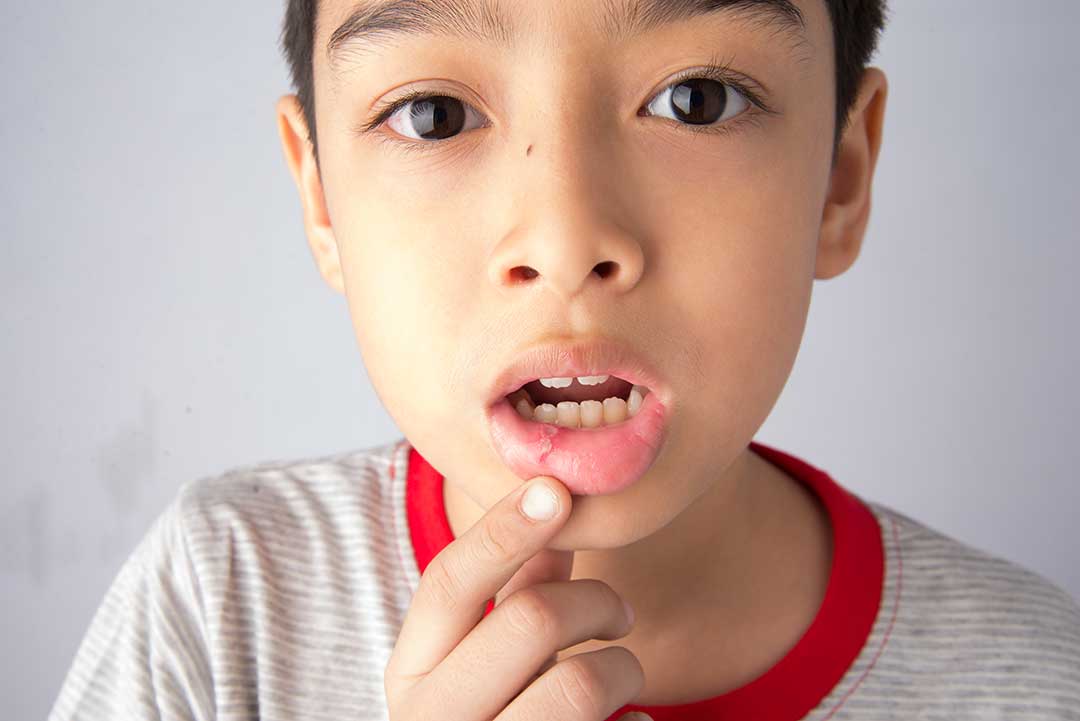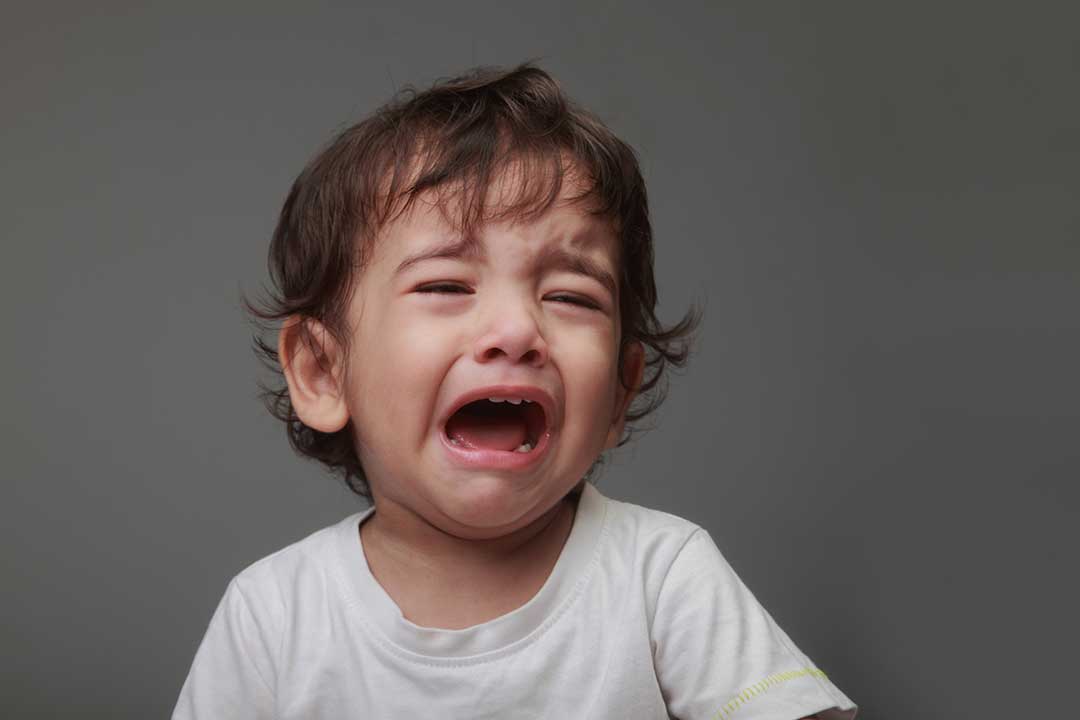When your toddler has a cavity, the idea of a dental filling can feel scary — for both of you. “Will it hurt my child?” is the question every mom wants answered.
Let’s clear that up: dental fillings in toddlers are not as painful or traumatic as you might think. With the experience and specialized approach of trained pediatric dentists and modern pain management techniques, most children breeze through treatment with little to no discomfort.
Here at Drs. Nicolas & Asp Centers, children’s treatments are designed to be as comfortable and stress-free as possible for your child.
Why Toddlers Get Cavities – And Why Fillings Are Important
Toddlers' teeth, though temporary, are crucial for eating, speaking, and holding space for permanent teeth. Unfortunately, they're also susceptible to cavities. Sugary drinks, certain foods, insufficient brushing, and inadequate preventive care can lead to decay. When a cavity forms, a filling becomes necessary to stop the decay from spreading, prevent infection, and save the tooth. Leaving a cavity untreated can lead to bigger problems, including pain and even early tooth loss.
See also
What Are the Early Warning Signs of Cavities in Children?
The "No-Pain" Approach: How We Keep Kids Comfortable
Our team at Drs. Nicolas & Asp Centers are specially trained to make dental visits positive. Here's how we ensure a pain-free or minimal discomfort experience during a filling:
Gentle numbing techniques
Before any work begins, a topical numbing gel is applied to the gum area, making it "sleepy." This is followed by a very small amount of local anesthetic, which ensures your child won't feel anything during the actual procedure. Pediatric dentists are skilled at administering this quickly and gently.
Behavior management & distraction
Pediatric dentists use proven techniques like "tell-show-do" (explaining what will happen in child-friendly terms), positive reinforcement, and voice modulation to guide your child. Our clinics are designed to help kids feel relaxed and engaged.
Speed and efficiency
Children's dentists are experts at working quickly and efficiently while maintaining precision. Their goal is to complete the filling rapidly to minimize your child's time in the chair.
Laughing gas (conscious sedation)
For children who feel anxious or need more involved treatment, we may recommend mild sedation with nitrous oxide — commonly known as “laughing gas.” It’s a safe and effective way to help your child relax during their dental visit. They remain awake, responsive, and comfortable throughout the procedure, often describing the experience as dreamy and pleasant, with little to no memory of any discomfort.
Treatment under general anesthesia
In some cases, treatment under general anesthesia may be the safest and most comfortable option — especially for very young children, those with extensive dental needs, or children with special healthcare conditions who may not be able to tolerate treatment in the dental chair. These procedures are performed in a hospital or surgical setting with a specialized team, ensuring your child’s safety and comfort from start to finish.
After the Filling: What to Expect at Home
Once the filling is complete, your child might experience:
See also
How Are Cavities in Toddlers Treated?
Prevention is Always Best
While dental fillings are generally painless, preventing cavities in the first place is always the goal! Regular check-ups, consistent brushing with fluoride toothpaste, daily flossing, and a balanced diet low in sugary snacks are your best defense.
At Drs. Nicolas & Asp Centers, our team of specialized pediatric dentists understands the unique needs of children. We're dedicated to providing a positive, comfortable, and pain-free experience for your little one, ensuring their smile stays healthy and bright. If you have any concerns about your toddler's dental health or suspect a cavity, call us at 04 394 7777 and don't hesitate to reach out.


